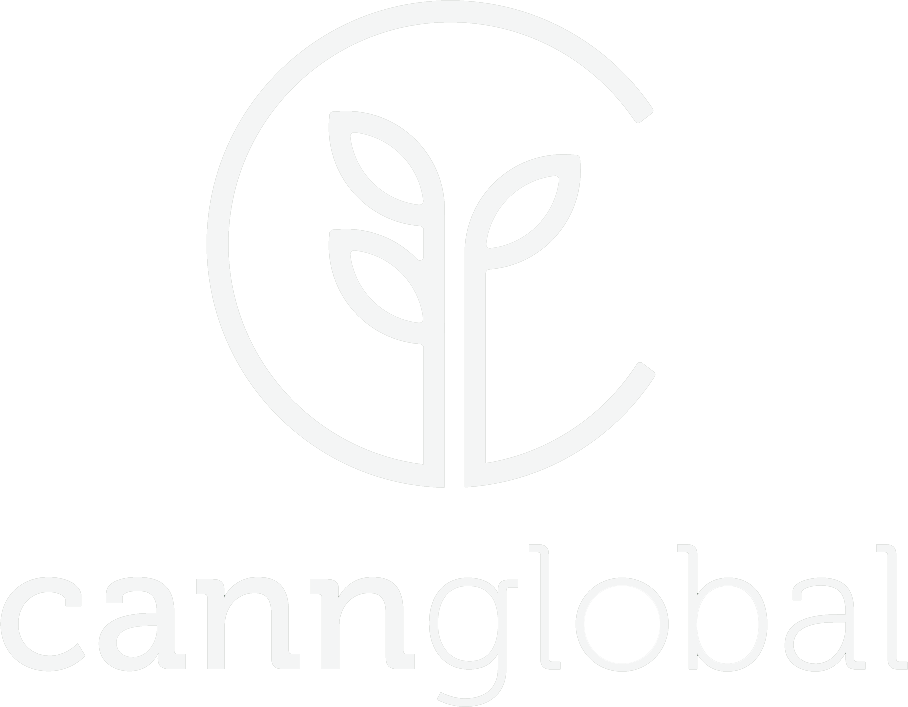
Medical cannabis refers to the use of cannabis or cannabinoids (molecules found in the Cannabis plant) as medical therapy to treat disease or alleviate symptoms.
A BIT OF HISTORY
Cannabis sativa has a long history as a medicinal plant, likely dating back more than two millennia (Russo et al., 20071). In 2737 BC the first recorded use of medicinal cannabis for therapeutic benefit was found, aiming to combat a variety of ailments, including gout, rheumatism, and malaria.
It was not until around 1839 that the therapeutic uses of cannabis derivatives were introduced to Western medicine by an Irish doctor, William O’Shaughnessy. This led to the widespread sale of cannabis extracts in the late 1800s. Later, in the 1900s, the cannabis plant was available over the counter in preparations such as tinctures. It was available as a licensed medicine in the United States for about a century before the American Medical Association removed it from the 12th edition of the U.S. Pharmacopeia (IOM, 19992). The uses of cannabis for medicinal and recreational purposes were effectively taxed out of existence in the USA by the Marijuana Tax Act and in 1961 the UN Single Convention on Narcotic Drugs ushered in the era of global cannabis prohibition.
Australia legalised medical cannabis and its cultivation for medical purposes in 2016. On 24 February 2016, the Australian parliament made amendments to the Narcotic Drugs Act that legalised the commercial growing of cannabis for medicinal and scientific purposes. The laws came into effect on 1 November 2016.
HOW DOES IT WORK?
Medical cannabis contains over 100 different active molecules called cannabinoids, which interact with the body's natural endocannabinoid system (ECS). The ECS is a complex cell-signalling system in the human body which helps to regulate functions such as sleep, pain, mood, and appetite. Its primary function is to ensure the body stays in homeostasis or balance. If the stability of your internal environment is thrown off by injury or fever for example, this will lead to the ECS responding to help your body to return to its natural balance. The ECS involves three core components: Endocannabinoids, receptors, and enzymes. Endocannabinoids are molecules made by our bodies and help keep certain bodily functions running smoothly. They bind to receptors that are found throughout your whole body to signal that the ECS needs to act. Enzymes will break down endocannabinoids once they’ve carried out their function. The two main endocannabinoid receptors are CB1 (found in the central nervous system) and CB2 (found in the peripheral nervous system, especially immune cells).
Endocannabinoids might target CB1 receptors in a spinal nerve to relieve pain, while others might bind to a CB2 receptor in your immune cells to signal that your body’s experiencing inflammation, a common sign of autoimmune disorders. The plant cannabinoids found in cannabis can interact with the ECS and therefore have the potential to impact bodily functions that the ECS controls, including appetite, metabolism, nerve function, pain, inflammation, mood, brain function and cardiovascular system function. While evidence and research of the interaction between the ECS and medical cannabis is growing, most doctors are not yet considering it as a valid alternative treatment option for chronic conditions. Cann Global identify this as part of our purpose, in that we are here to bridge this gap and to help educate health care practitioners.


